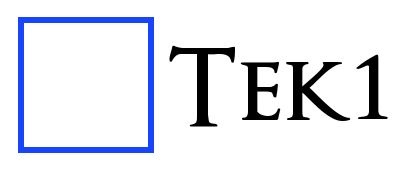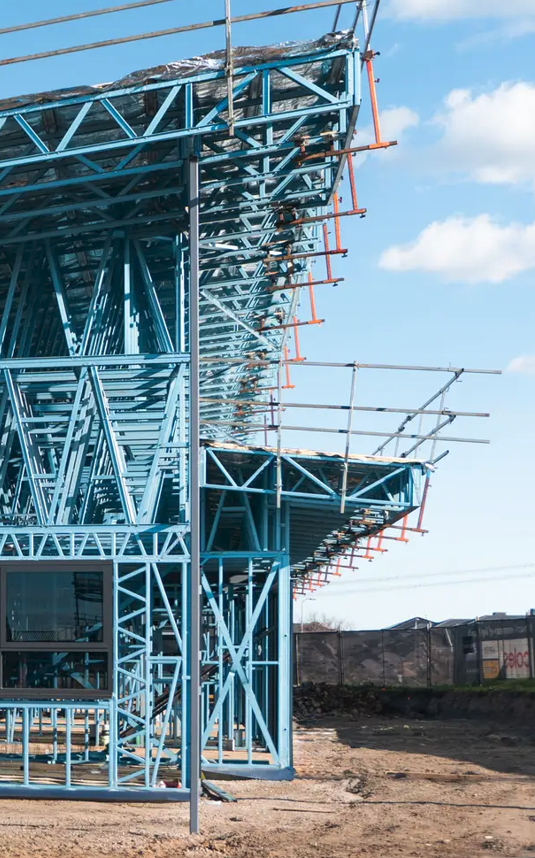When people admire a perfectly built structure, they rarely see the detailing behind it — the hundreds of micro-decisions that make “zero-error” projects possible.
In one of our recent projects, a simple roof overhang turned into an unexpected test of coordination, precision, and creative problem-solving.

The Challenge — Roof Overhang Dilemma
The project had a roof overhang of 1450mm length and 450mm depth, designed to be done with LGS framing.
While this may sound straightforward, the reality was far from it — the overhang design needed to balance aesthetic, transport, and structural limits all at once.
My First Approaches
I explored three options for solving the problem:
- Double Top Chord Approach
I doubled the top chord to allow a separate fixing for the Overhang during installation.
(This option seemed viable — simple, yet effective.)

2 . Extended Top Chord Approach
I extended the top chord to carry the soffit, allowing on-site fixing flexibility.
(Good for design, but not effective and required transport consideration.)

3 . Trimmed Top Chord + Roof Panel Approach
Here, I trimmed the top chord to align with the truss heel, added a roof panel, and extended it to the overhang — ensuring a neat soffit installation later.
(Structurally solid, but introduced additional material use.)

Client Collaboration — The Turning Point
After reviewing my proposal, the client replied:
“The issue with the eave bit sticking out is that it creates transport challenges, so we’d prefer to avoid overhangs altogether.
Would it be possible to design the truss as shown in the attached image — with the blue section as a separate truss fixed on-site and the green truss cut to receive it?”

That feedback led to the best possible outcome — a practical, transport-friendly solution without compromising design intent.
The Result — From Coordination to Perfection
I incorporated the proposed changes into the model, checked the load transfer through truss engineering, and validated every connection.


The on-site erection went smoothly — no clashes, no rework, no errors.

Lessons Learned
This project reinforced one key truth:
Detailing is not just drawing lines — it’s engineering foresight in action.
Every “minor” RFI, every sketch review, and every coordination call contributes to something bigger — a zero-error build that saves time, cost, and credibility on site.
I believe coordination and detailing excellence turn complex designs into effortless builds.
If you’ve faced a similar challenge or want to see how our detailing approach ensures precision from model to site — let’s connect.
— Priyan Gandhi
LGS Detailer, TEK1 Pty Ltd


Leave a Reply